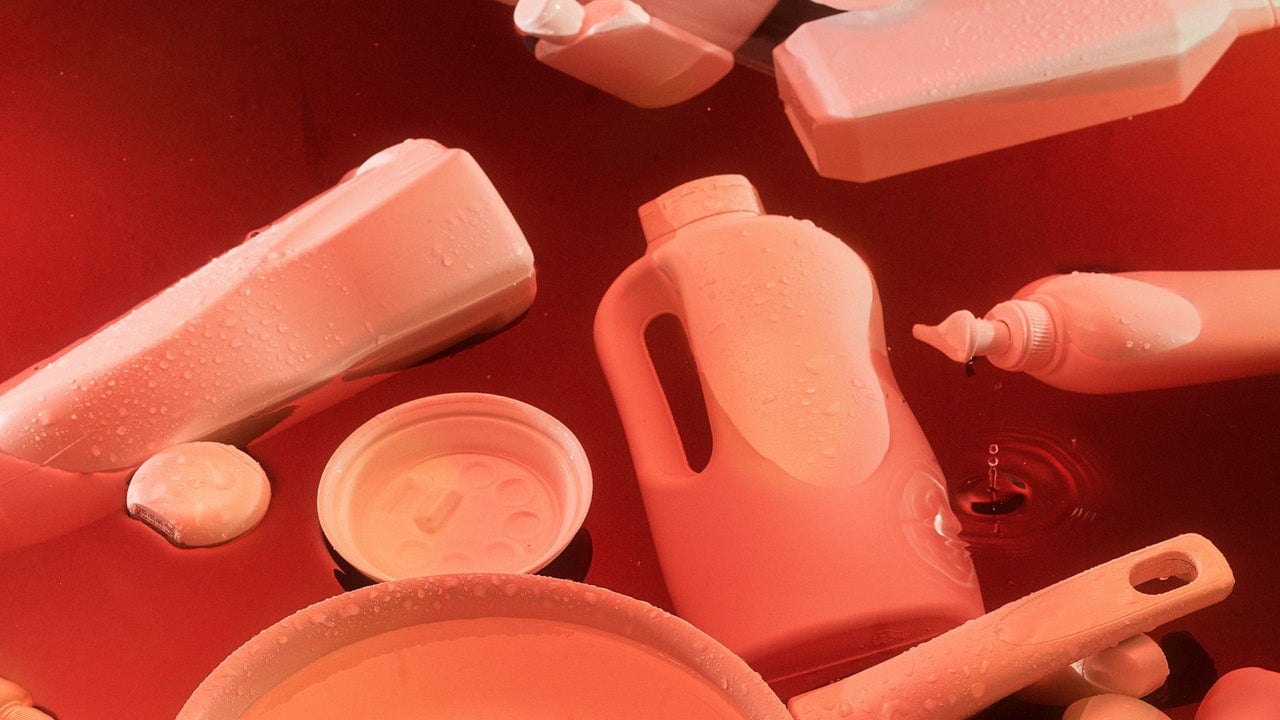The company found its own toxic compounds in human blood—and kept selling them.
Several of 3M’s most successful products contained man-made compounds called fluorochemicals. In a spray called Scotchgard, fluorochemicals protected leather and fabric from stains. In a coating known as Scotchban, they prevented food packaging from getting soggy. In a soapy foam used by firefighters, they helped extinguish jet-fuel fires.
Johnson explained to Hansen that one of the company’s fluorochemicals, PFOS—short for perfluorooctanesulfonic acid—often found its way into the bodies of 3M factory workers. Although he said that they were unharmed, he had recently hired an outside lab to measure the levels in their blood. The lab had just reported something odd, however. For the sake of comparison, it had tested blood samples from the American Red Cross, which came from the general population and should have been free of fluorochemicals.
Instead, it kept finding a contaminant in the blood.
What Hansen wanted to know was how PFOS was making its way into animals.
She found an answer in data from lab rats, which also appeared to have fluorochemicals in their blood. Rats that had more fish meal in their diets, she discovered, tended to have higher levels of PFOS, suggesting that the chemical had spread through the food chain, and perhaps through water. In male lab rats, PFOS levels rose with age, indicating that the chemical accumulated in the body. But, curiously, in female rats the levels sometimes fell. Hansen was unsettled when toxicology reports indicated why: mother rats seemed to be off-loading the chemical to their pups. Exposure to PFOS could begin before birth.
Fluorochemicals had their origins in the American effort to build the atomic bomb. During the Second World War, scientists for the Manhattan Project developed one of the first safe processes for bonding carbon to fluorine, a dangerously reactive element that experts had nicknamed “the wildest hellcat” of chemistry. After the war, 3M hired some Manhattan Project chemists and began mass-producing chains of carbon atoms bonded to fluorine atoms. The resulting chemicals proved to be astonishingly versatile, in part because they resist oil, water, and heat. They are also incredibly long-lasting, earning them the moniker “forever chemicals.”
In the early fifties, 3M began selling one of its fluorochemicals, PFOA, to the chemical company DuPont, for use in Teflon. Then, a couple of years later, a dollop of fluorochemical goo landed on a 3M employee’s tennis shoe, where it proved impervious to stains and impossible to wipe off. 3M now had the idea for Scotchgard and Scotchban.



Fun fact: Former 3M CEO Jim McNerney was later the CEO of Boeing. He cut his teeth at McKinsey, of course.